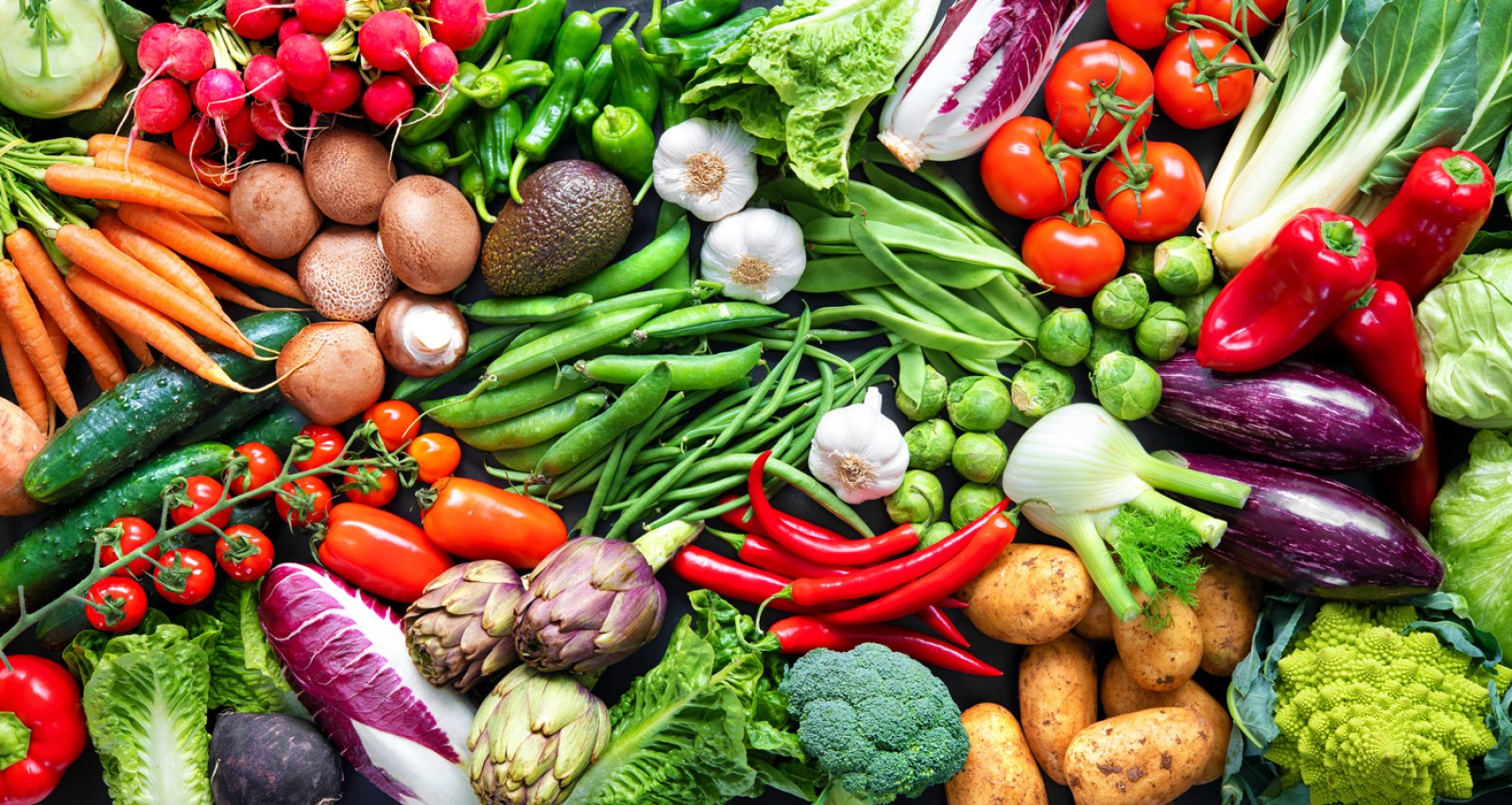How to Make your Brand Stand Out
Being a newbie in any industry is tough, most especially in the cutthroat world of food and bever-ag...

December 20, 2022
Globally, the movement to promote organic food was initiated in the early to mid-1900s. But in the Philippines, it was only in the 1980s when some NGOs started initiatives to promote organic food.
The UK's Department for Environment, Food, and Rural Affairs defines organic food as “the product of a farming system which avoids the use of man-made fertilizers, pesticides, growth regulators, and livestock feed additives.” In the US, the list also includes herbicides and bioengineered genes or GMOs.
Globally, the movement to promote organic food was initiated in the early to mid-1900s. But in the Philippines, it was only in the 1980s when some NGOs started initiatives to promote organic food. From then on, the industry was mainly established by more NGOs, the private sector, and small farmers and cooperatives.
By 2010, the government instituted a nationwide initiative by enacting Republic Act No. 10068 or the Philippine Organic Agriculture Act. The law aimed to “promote, propagate, develop further and implement the practice of organic agriculture in the Philippines that will cumulatively condition and enrich the fertility of the soil, increase farm productivity, reduce pollution and destruction of the environment, prevent the depletion of natural resources, further protect the health of farmers, consumers, and the general public, and save on imported farm inputs.” It also established a National Organic Agriculture Program to guide organic production in the country.
In December 2020, after a decade, the law was amended by Republic Act No. 11511, which included provisions on establishing an educational and awareness campaign to promote organic food, adopting the Participatory Guarantee System for certifications, and ensuring proper marketing access to producers to ensure decent prices.
Most recent data reveal that at least 107,911 hectares of agricultural land in the country have already been converted to organic farming, accounting for a 400-percent increase between 2011 and 2015. According to the Philippine Information Agency, there are already at least 43,000 organic farmers presently, compared to only 9,000 in 2011.
Organic food products created for the local market include rice, corn, fruits, vegetables (fresh and processed), root crops, soybeans, honey, and livestock. Other items produced for export are organic pineapples, bananas, banana chips, sugar (muscovado and coconut), coffee, coconut vinegar, coconut oil, banaba leaves, and herbs. Major markets for these are the US, Europe, and some Asian countries including Japan.
A major producer of these export organic food products is Negros Island, considered as the Organic Food Bowl of Asia. The province has been heralding organic food production since the 1980s and has even refused entry to any GMO food since 2007. “The organic movement in Negros is not a fad because it wasn’t done overnight,” said Chin Chin Uy of Slow Food Negros and President of Fresh Start Organic. Through communal effort, Negros has been able to transform 10,000 hectares of organic land.
Negros produces organic rice, vegetables, herbs, coffee, sugarcane, cacao, coconut, and fruits. It also exports organic muscovado sugar to Europe, Japan, Korea, Malaysia, and Hong Kong. Ultimately, the shift to organic has improved the quality of life of Negrense producers, as they recognize that the movement is not merely going back to basics. “Organic is a move forward to a more sustainable approach to agriculture,” said Uy.
This shows that the Philippines is not lagging behind its neighboring countries. The report “Asian Development Outlook 2021: Transforming Agriculture in Asia” by the Asian Development Bank stated that 5.9 million hectares of land are used for organic agriculture in developing Asia. Of this, India has the largest share at 38.8-percent. This is followed by China at 37.4%, then by Southeast Asian countries, specifically Indonesia, Thailand, and the Philippines at 12.7%.
A rise in demand for organic food products, especially during the height of the COVID-19 pandemic, was also revealed by the Asian Development Bank. The situation shifted people’s mindsets to accept healthier food and lifestyles, thus reaching for and ordering more organic food in supermarkets and online restaurants.
Despite this, several challenges are still faced by the organic food industry in the Philippines. Getting proper certification remains to be a big hurdle for local producers as it is viewed as arduous and expensive. Efficient supply chains and markets also need to be streamlined throughout the country. Organic food products, widely priced at a premium, also still target a niche market. The task at hand is for the government and private sectors to work hand in hand to establish concrete plans and set up funds to help empower farmers to compete at global levels.
Check out these food fusions between Filipino and Middle Eastern cuisines
The unending quest for healthy and sustainable food amid changing lifestyles
A quick look at the Philippine food staple often getting a bad health rap